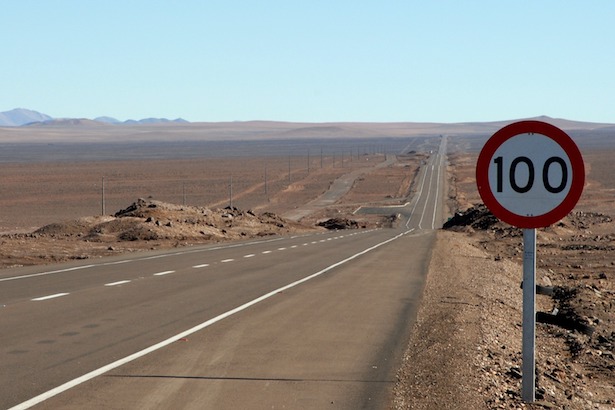
Who Chooses What Speed We Drive?
Whether we like it or not, speed limits are necessary to balance road safety and move traffic as efficiently as possible. Speed limits are enforceable laws which means they are set by elected officials. While they might be responsible for setting the speed limits, how do they decide what is appropriate?
One thing that we can say for certain is that these limits are put in place with more than speed in mind. The process involves a city or council that gets input from its citizens as well as expertise from qualified engineers. Council members will consult with traffic engineers to determine the right speed limit for a specific road.
If you really think about it, people who get tickets on a certain street often feel that the limit is too slow while those living there believe it’s too fast. With all that in mind as well as general road safety, how does a traffic engineer determine who is right?
Determining Factors For Setting Speed Limits
Although there isn’t much official information on how the process works in South Africa, we follow the same global principle of consulting traffic engineers. They help to set the speed limits based on various factors including the following:
- Main purpose of the road
- Traffic frequency
- The condition of the road
- Visibility or line of sight on the road
- Number of intersections, turn-offs or onramps, ‘hidden’ turns or driveways
- Amount of pedestrian or bicycle traffic
- Whether the road has sufficient lighting at night
- Whether the road is in a heavily populated area with schools and shops
- Road gradient and frequency of turns
Traffic engineers will tell you that these are only a small number of considerations and that there are several other factors as well. Some involve weather patterns and where the road is located but the main purpose of this article is to point out that speed limits are based on many factors that don’t even relate to the actual vehicles or drivers. Fact is, most of them focus more on the environment.
Politics, Speed Limits And Road Safety
There is a very interesting paper on speed limits in South Africa published by T.C Mackey, a qualified Civil & Transportation engineer. In short, speed limits were historically changed on a regular basis depending on the price and availability of fuel. An interesting statement that stands out in the paper reads, “In late 1973 OPEC countries reduced oil production, applied embargoes against certain countries, including South Africa, and increased the price of oil substantially. The Government reacted by introducing a number of fuel conservation measures which included reducing the urban and rural speed limits to 50 and 80 km/h respectively.”
The current and most common speed limits in South Africa have actually been in place since the early 1970s but not without fluctuations and short trials. The government used different speed limits in several parts around the country to determine what works best. While there are the few occasions with random speed limits like 70 km/h or 90 km/h, the norm for almost 50 years has been 60 km/h, 80 km/h and 120 km/h.
Many motorists feel that it is time to increase the speed limits because modern cars have more advanced safety features and improved braking. While that is a valid argument, other factors come into the equation such as the continued deterioration of many roads across the country. Not to mention the high traffic rate of pedestrians which makes it even more dangerous.
Considering the sheer number of unlicensed cars or those that are not particularly new or roadworthy, the advanced braking argument only stands if every single car on the road had advanced braking systems fitted. Setting the right speed limit goes beyond politics as it is absolutely essential for everyone involved and not only the drivers.
Speed Limits And The Fallible Human Factor
Likely one of the most crucial elements in setting speed limits is the human factor. While many motorists think they are excellent drivers, there are many things that could go wrong that has nothing to do with driving skill. Driving too fast when a tyre bursts, for example, can have disastrous consequences. The same can be said when animals roam across the highway or a young child running across the road without warning.
Even if vehicle technology has improved considerably over the years, human reflexes have not. Some newer cars can even brake automatically but they are not quite at the point where they make up for bad human decisions. Among other factors, this is something those in charge must always consider when setting speed limits.
Lastly, regardless of how well a car is built, driving at high speeds always increases the risk for serious injury or death. This fact has absolutely nothing to do with the car as it refers to the force applied to the human body going from 120 km/h to zero in a split second. No car currently on the road anywhere in the world can guarantee no death or serious injuries even with all the advanced safety features on board.
While speed limits do perform a valuable service, many South African drivers feel that too much emphasis is on speed and that authorities completely ignore other dangers such as overloading or driving at speed on the shoulder or in the emergency lane. Road safety comes down to being vigilant, driving carefully and obeying the laws of the road as they are put in place for a reason.
Be sure to follow our blog if you want to keep up to date with all the latest motoring news, road safety tips and more. Contact Group1 Cars to find out more about your favourite car or to book a test drive.

